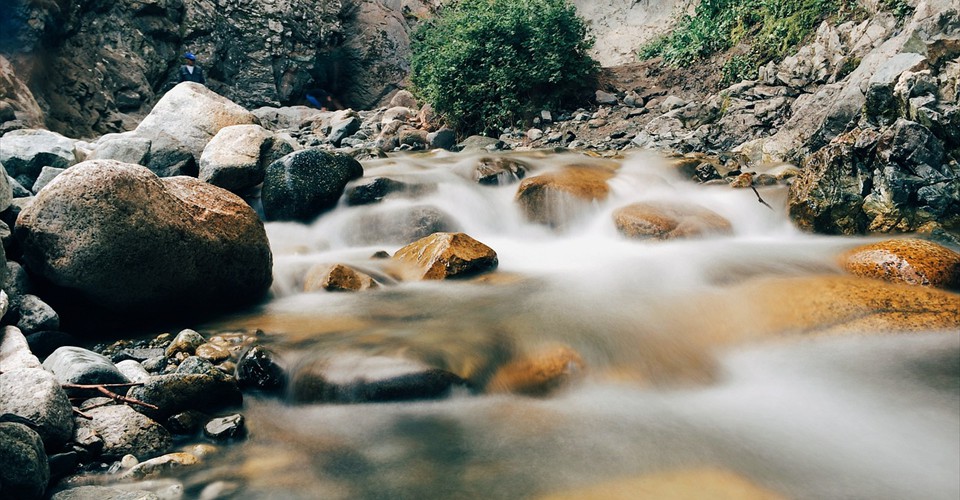In the vibrant tradition of Hindustani classical music, raga-ang plays a vital role in grouping ragas based on shared musical features. Among these, khamajaang holds a special place for its expressive nature, semi-classical flavor, and flexible melodic possibilities. But what exactly is khamajaang, and which ragas fall under this ang? Let’s delve into this musical framework and uncover its aesthetic identity.
The term "khamajaang" refers to a stylistic family of ragas that either belong to the khamaj thaat or display melodic behavior resembling raga khamaj. It is not limited by thaat alone; rather, it is a practical categorization based on performance style, note treatment, and emotional flavor. Raga khamaj is known for its sweet, romantic, and graceful character. It generally uses shuddha Ni (natural seventh) in ascent and komal ni (flat seventh) in descent. This blend adds a semi-classical nuance, which makes it versatile for light classical forms like thumri, dadra, and bhajan.
Khamajaang ragas are identified by certain common traits. While they are mostly drawn from the khamaj thaat, their key feature is the use of both shuddha and komal ni, typically treating shuddha Ni in ascent and komal ni in descent. The notes patterns like Sa Ga ma Pa, Ga ma Pa Dha ni Dha Pa, Dha ma Ga, Ga ma Pa Ni Ni Sa....... Sa ni Dha Pa Dha ma Ga, ma Ga Re Sa.. These ragas evoke moods associated with romance, devotion, or gentle charm and are often performed in the evening or night. Because of their expressive nature, they are equally suited to classical and semi-classical renditions.
Several ragas fall under the umbrella of khamajaang. It is extensively used in thumri, hori, kajri, and bhajan compositions. Raga Desh, Tilak Kamod, Jhinjhoti, Raga Sorath, Tilang falls uners the raga because these raga notes combination sometimes reflects notes that are prominently used in khamajaang. Like Sa ni Dha Pa , Dha ma Ga in Raga Desh, Ga ma Pa Dha ni Dha Pa, Dha ma - in Ahir bhairav shows the flavor of khamaj, especially in its melodic structure and treatment of ni. It is popular in monsoon compositions and even patriotic songs. Tilak kamod is a delicate and beautiful raga that often leans on the khamaj-ang for its graceful appeal. It shows the use of komal ni in descent and often features lyrical ornamentation.
Raga jhinjhoti is a widely used raga in light classical genres and strongly reflects the khamaj identity. It is known for its gentle, lilting movement and is favored for expressive and improvisational singing. Raga khambavati is another example; it shows khamaj-like features and is used in both classical and lighter genres. Raga jaijaiwanti, though structurally complex and also influenced by kafi-ang in places, often carries the melodic essence of khamaj through its ni usage and lyrical movements.
Khamajaang ragas form the core of semi-classical music traditions. These ragas serve as foundational frameworks in thumri, dadra, kajri, hori, and devotional compositions. The flexibility of these ragas allows performers to explore emotional depth and lyrical grace without being tightly bound by rigid rules. As a result, they are particularly well-suited for expressing subtle emotions and romantic or devotional sentiments.














